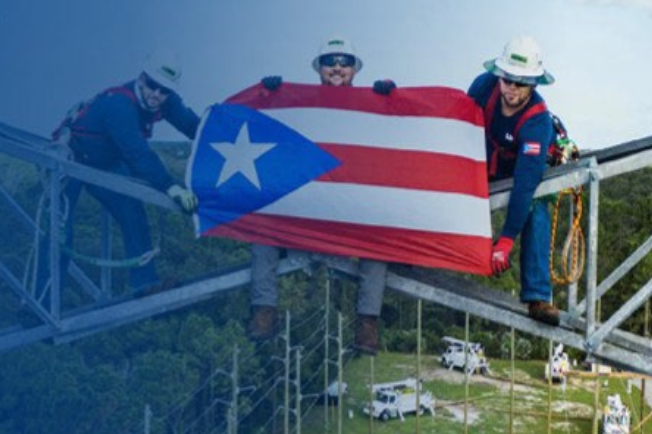On July 15, 2025, Puerto Rico’s grid operator, LUMA Energy, advanced a major resilience initiative by dispatching approximately 70,000 behind-the-meter batteries, contributing around 48 MW of electricity to the island’s grid during peak evening demand. This substantial expansion builds upon a 2023 pilot program and now collectively supports nearly 3 million residents. By aggregating distributed home batteries into a virtual power plant, LUMA is enhancing grid reliability and mitigating the risk of nightly load-shedding—a chronic issue since Hurricane María—through a cost-efficient, decentralized energy solution.
The deployment marks a significant evolution in Puerto Rico’s energy infrastructure strategy, underpinned by policies encouraging public-private collaboration and technological innovation. By integrating residential storage with the grid, the model reduces peak load on centralized power plants and improves outage response during storms or high-demand periods. It also aligns with the island’s climate adaptation goals and its push toward renewable energy integration, as batteries can store solar generation and stabilize intermittent supply.
Yet the long-term success of this virtual power plant depends heavily on securing a robust social license to operate. Residents must trust in the safety, reliability, and fairness of the program—especially since it involves private homes and networked systems. Continued community engagement, transparent billing practices, and assurances about data privacy and maintenance responsibilities are essential. Without local buy-in and confidence, even technically sound grid innovations may face resistance or usage decline, undermining their resilience benefits.

